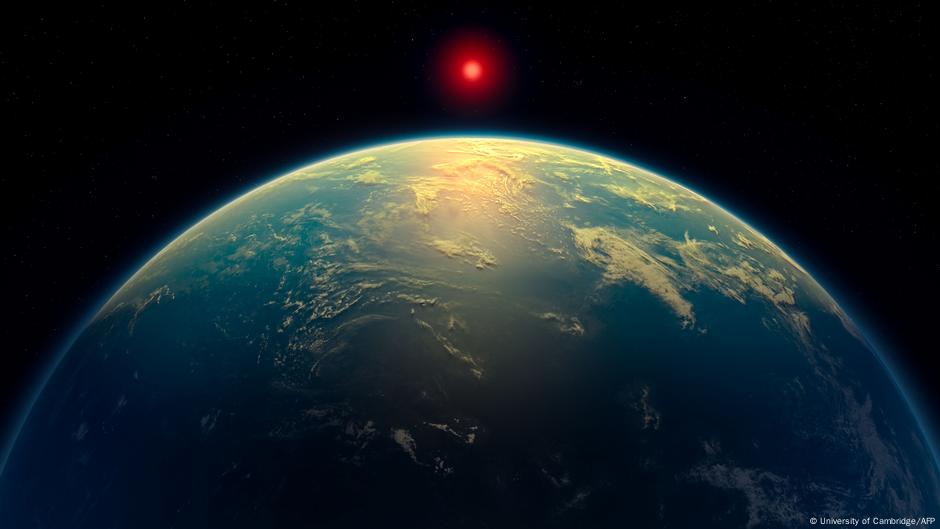Largest Evidence of Extraterrestrial Life Found to Date

A team of astronomers announced that the James Webb Space Telescope has detected promising signs of potential life on the exoplanet K2-18b, located 124 light-years away. They identified two chemicals, dimethylsulfide (DMS) and dimethyl disulfide (DMDS), in the planet's atmosphere, which are typically produced by living organisms on Earth. While researchers are excited, they stress the need for further observations to confirm these findings.
K2-18b is considered a 'hycean' planet, larger than Earth and situated in a habitable zone where liquid water could exist. The current evidence suggests a 99.7% probability of life, but a higher certainty is required for a definitive claim. Some experts caution that the detected chemicals could arise from non-biological processes, although the concentrations observed are significantly higher than those found on Earth.
The lead researcher, Nikku Madhusudhan, believes that confirming life on K2-18b could indicate that life is common in the galaxy. He anticipates that with additional observations, the scientific community may soon answer the fundamental question of whether we are alone in the universe.